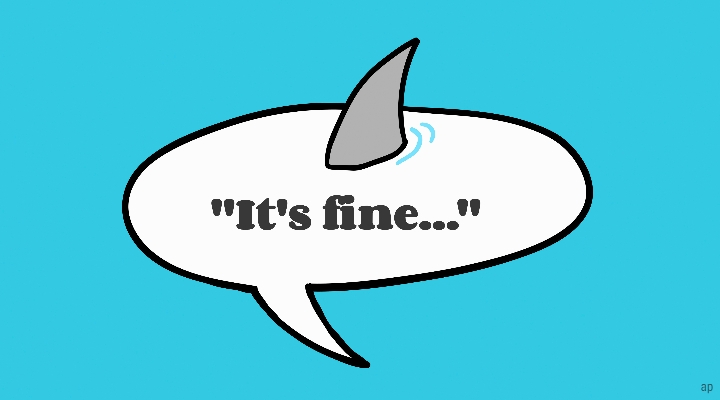
Taking risks is an inevitable part of investing. But you can manage those risks by choosing categories of assets that have been proven to carry less risk, such as government bonds or defensive stocks.
For private investors who work with an adviser, you can make a profile that defines the amount of risk you are willing to take. There is also the option to make an investor profile to define the amount of risk you are willing to take.
If you are prepared to take relatively high risk as an investor, there are plenty of high-risk assets categories you can turn to – or avoid, if you consider it too much. Within both the bonds and stocks broad categories there are various options.
Riskiest Bonds
Bonds are considered less risky in general, but the higher-risk categories are in high-yield and emerging markets. The reward for the risk can be high in terms of yields, looking at the yields for these categories, but these reflect the higher chance of default. You cannot count on them.
It’s not only about the risk of a loss measured as percentage, but also the volatility of these returns. For example, a high-yield bond fund can be successful and bring good returns in a timeframe of some months, but a period of underperformance could follow. The next thing you know it’s down again.
Riskiest Stocks
In the case of stocks, the risk depends mainly on the industry sector. Growth stocks tend to be higher risk, as such companies have a high growth potential for revenue and profits. But the horizon of profitability may be a distant one if they are still loss-making.
Technology is known for its risk, but one specific industry stands out: biotechnology.
Investing in biotechnology companies almost always means a long shot; they try to develop a drug or treatment with high potential to become market leader, generating high margins in a niche where there is not much competition. If successful, the reward can be huge, but the risk of failure is also huge.
There are dedicated funds that cover this industry and they aim to select the most promising companies that could grow into leading players with a unique product that could bring them lasting competitive advantage, or a Wide Economic Moat, in Morningstar’s terms.
An example of a successful fund is Candriam Biotechnology, which is managed by a very skilled and experienced manager who knows all ins and outs of the biotechnology industry. The fund has a Morningstar Analyst Rating of Silver for its "clean" R share class.
Your Biggest Potential Loss
Another way of thinking about risks is not the type of the investment, but the amount you are putting at risk. From this viewpoint, buying a house could be the biggest risk you take as a private investor. If the world economy and the housing market go down and your house is at some point worth less than you paid for it, you might end up with a mortgage you cannot pay off with the proceeds of your house sale. You then have to refinance that remaining debt, and take a new mortgage for a new house.
Maybe you can finance that all in one deal, but either way you are stuck with a high debt and high monthly costs for quite a long time. In such this case, buying a house is not building value, but deepening debt. And that may be a bigger risk than losing some invested money in stocks or bonds during a financial market downturn.
Milestones in Life
Risk can also correlate to life stages. As Morningstar always advocates, look at the longer term and don’t sell in bad times if you don’t need to. But sometimes you may have to, depending on what happens in your life. Be prepared for that.
Apart from the risk of losing money, there is also the risk of not gaining money. Retirement is a milestone, so you may have to obtain extra income after your salary stops, and if your pension falls short.
If you don’t start early enough with investing for additional retirement income, you may end up with insufficient income in your older years. That is a risk that does not feel as like one now, but may become a reality over time.




















